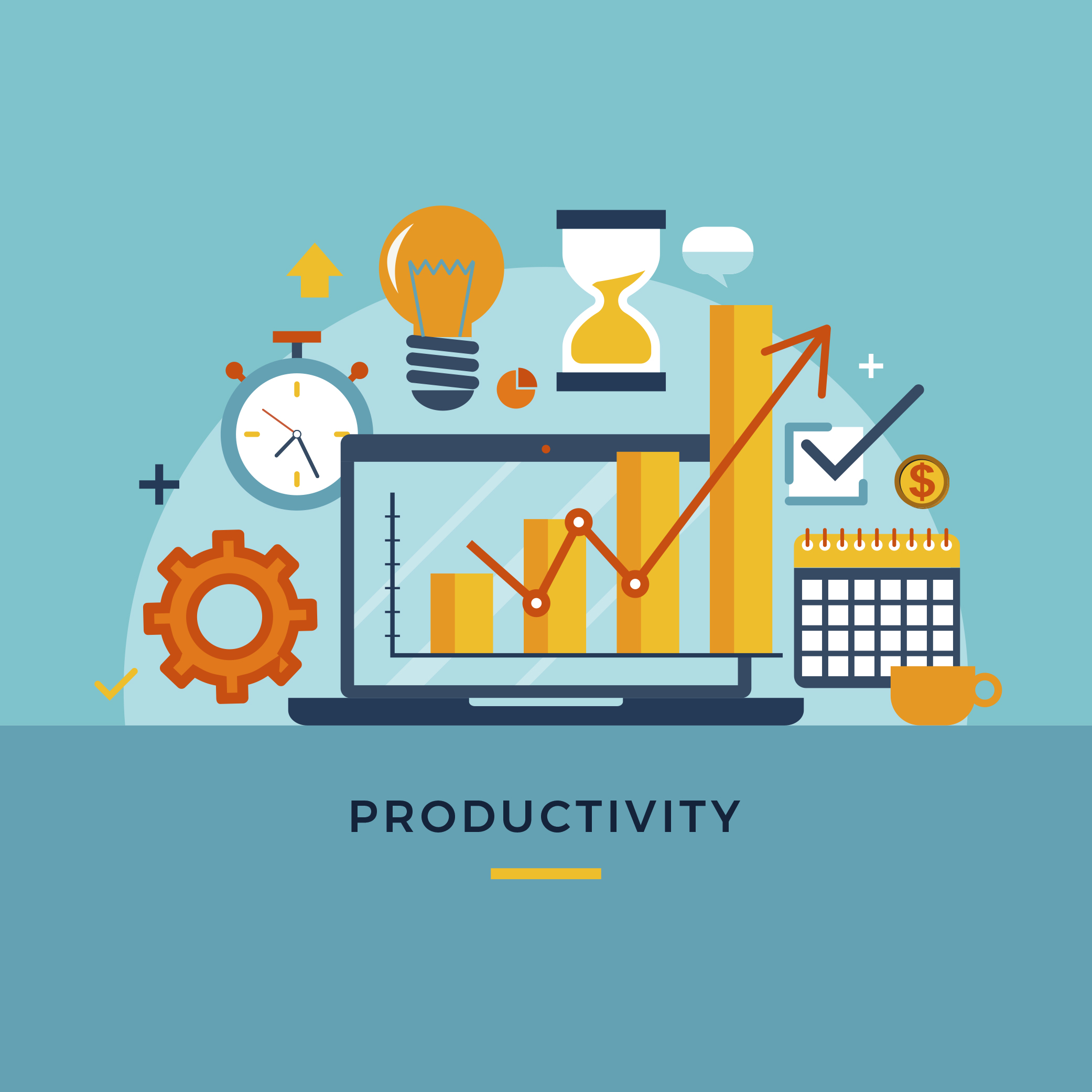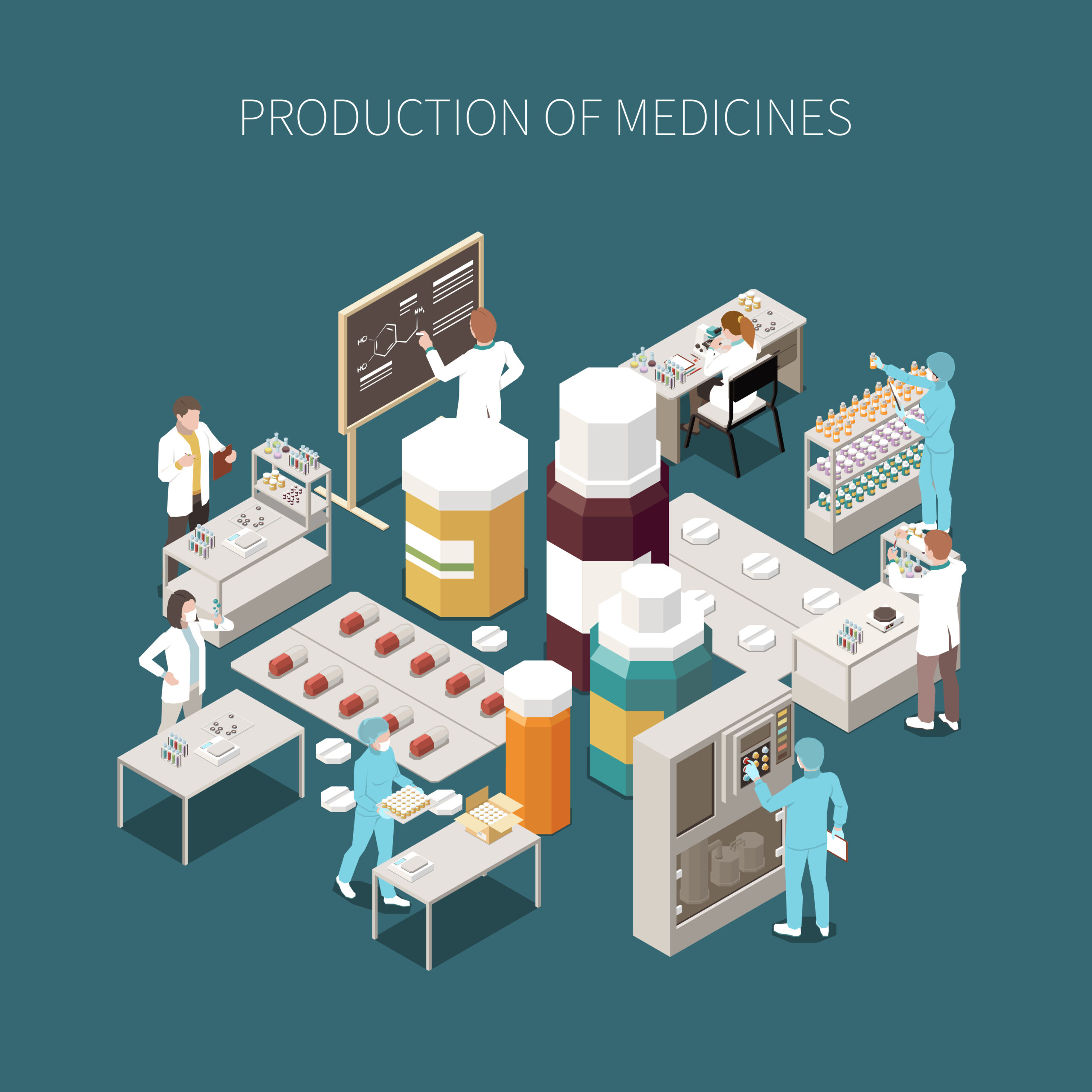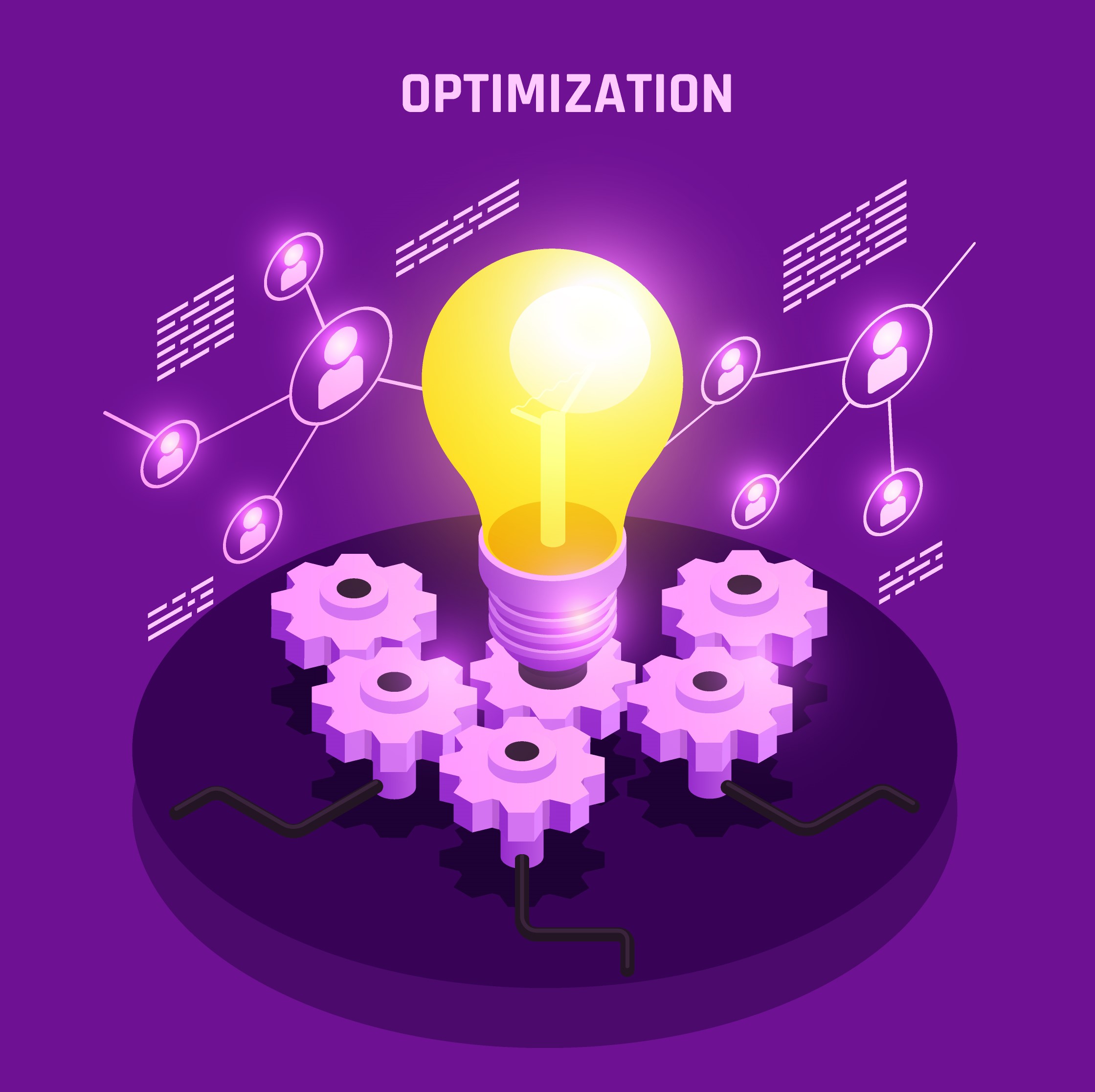Investments in new equipment are always expensive, requiring projects and detailed management to ensure their success in execution, after analysis of return and need approved by the company's management.
It is very common in strategic planning sessions to analyze the evolution of the company's sales volumes, where the need arises to acquire new equipment capable of offering the volumes generated in these future analyses.
For this, it is necessary to have the information and the strategic reasons for the volumes in the view of the commercial and marketing areas regarding the increases in volume per product, generally within a 5-year horizon (in rare cases, at least for the next 3 years) , or we run the risk of not being prepared in time for the reaction and the necessary investment.
Based on this data, we must make simulations of the factory's capacity and in which equipment/current production lines we will or will not be able to meet this type of demand. In these exercises, alternatives for improvement projects, objectives to increase productivity, optimization of production plans and a lot of other analyzes must be considered so that we are sure that there will be no available capacity and the investment in new equipment is really necessary.
Without these simulations and challenges to the current system, we run the risk of deciding on unnecessary investments, or at least not necessary at this time.
From this moment on, we build the plant's investment plan and include them in the master plan.
The basis for this analysis, as described above, is the factory occupancy simulation process.
More advanced simulation systems easily allow us to do better analysis than simply current versus future analysis and the inclusion of machine purchase projects. This analysis consists of seeing how you are operating the plant and in a virtual way, changing routes where possible, equipment utilization and performance, and studying all possible alternatives from a simulation point of view with existing equipment and infrastructure.
Obviously some analyzes may require ideas / requests for general modifications, adjustments, reaching the post-registration level, but the times involved will not be longer than room modifications and equipment purchases and the costs can be much lower.
Operation simulation is always a rich tool, not only for engineering and production analysis, but also for strategic decisions by the company's top management.
It is important to mention that there is already a technical resource to simulate any factory in a virtual way, easily usable and with immediate visualization of the various alternatives imagined. When sizing or reviewing the sizing of a factory, it is possible to simulate, among other parameters, the occupation of each room or equipment, the analysis of routes and their optimization, the technology used, speeds and performances, the need for manpower, among other factors, visualizing the impacts on the Unit Costs of the products as well as the general margins of the company for each proposed situation.
We propose this approach to also design new factories and to do what we call sizing management for plants that are constantly changing.
Consult Simula Farma, our productivity management system, simulation of changes and impacts on results, among other things this system can help a lot in understanding and identifying opportunities that your factory has and that you may not be exploiting properly, missing improvement of performance or cost reduction that can be achieved due to the lack of the appropriate tool.
PGI Farma has tools and know-how to implement projects to improve productivity and reduce unit costs in several large companies and offers implementation services to companies that want to improve their performance and optimize their stages of the production process, as well as implement projects strategies with better results.
Contact us for a technical conversation and to see if we can help with your needs and opportunities.
By Izidoro Vignola and Roberto Darienzo

Una de las mayores presiones sobre el personal de Planificación (PCP) y Cadena d...
→ Leia mais...
Todo proyecto comienza y se basa en un documento muy importante que llamamos "Re...
→ Leia mais...
Para hablar de planes de gestión, absorción o producción de recursos, recordem
→ Leia mais...